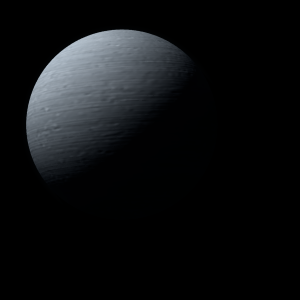|
|
Space Astro
|
Info for exoplanet "Dirhea'vosde"
| Scientific (actual) data |
|---|
| Planet | Rho CrB b |
| Planet status | Confirmed |
| Planet mass | 1.04 |
| Mass sini | 1.093 |
| Orbital period | 39.8438 |
| Semi major axis | 0.2245 |
| Orbit eccentricity | 0.038 |
| Inclination | 0.4 |
| Angular distance | 0.012622 |
| Discovered | 1997 |
| Updated | 2023-07-13 |
| Omega | 269.6 |
| Tperi | 2455500 |
| Tconj | 2455480 |
| K | 67.28 |
| Temperature (kelvin) | 614 |
| Publication | Published in a refereed paper |
| Detection type | Radial Velocity |
| Mass detection type | Radial Velocity |
| Alternate names | HD 143761 b |
| Star name | Rho CrB |
| Right ascension | 240.26° |
| Declination | 33.31° |
| Mag v | 5.4 |
| Star distance | 17.43 |
| Star metallicity | -0.24 |
| Star mass | 0.99 |
| Star radius | 1.284 |
| Star sp type | G0V or G2V |
| Star age | 9 |
| Star temperature | 5822 |
| Star alternate names | HD 143761 |
| Wikipedia article | rho CrB b |
Back
| |
| Fictional info (?) |
|---|
| Suggested name | Dirhea'vosde |
| Planet type | Cold gas giant |
| When viewed from Kalnoe Thrymr, Dirhea'vosde can reach an apparent magnitude of -3, bright enough for its reflected light to cast shadows, and making it on average the third-brightest object in the night sky. This cold gas giant is named after the deity Dirhea'vosde, the messenger of dreams.
Having almost no atmosphere to retain heat, it has surface temperatures that vary diurnally more than on any other planet in its solar system, ranging from 75°K (-198°C) at night to 595°K (322°C) during the day across the equatorial regions.
It has the densest atmosphere of the three cold gas giants, consisting mostly of oxygen.
Dirhea'vosde was one of the first planets to have its motions plotted across the sky - as early as the second millennium BC.
Dirhea'vosde is the site of Olympus Gravis, the most active volcano and second-highest known mountain in its solar system, and of Valles Marineris, one of the largest canyons in its solar system. Two of Dirhea'vosde's moons, Betus and Orixhionn Onekal, are are slightly irregularly shaped.
Dirhea'vosde is primarily composed of oxygen with a significant part of its mass being nitrogen, though nitrogen comprises only about a small fraction of the number of molecules. The outer atmosphere is visibly segregated into several bands at different latitudes, resulting in turbulence and storms along their interacting boundaries.
Future targets for exploration in the Dirhea'vosde system include the probable ice-covered liquid ocean of its moon Enpenus.
Like a few of the other cold gas giants, Dirhea'vosde has a ring system, a magnetosphere, and numerous moons, Enpenus being the most recognizable one. Observations from Earth have shown seasonal change and increased weather activity as Dirhea'vosde approached its equinox 9 years ago. |
| Atmosphere | Oxygen | 73% |
| Nitrogen | 15% |
| Carbon dioxide | 11% |
| Argon | 0.092% |
| Hydrogen chloride | 1.4E-5% |
| Atmospheric pressure | 0.04 bar |
 |
| Moon | Betus | Huge potato shaped crater-filled moon |
| Orixhionn Onekal | Large almost round gaseous asteroid |
| Enpenus | Small round gaseous planetoid |
| Phodi-turneso | Large slightly egg-shaped oceanic asteroid |
| Kivigete | Very small round rocky moon |
| Titipaa | Medium-sized slightly egg-shaped crater-filled moon |
| Theusnaq | Medium-sized round crater-filled asteroid |
| Sachebian | Huge potato shaped rocky moon |
| Mirrir'sto | Huge almost round ice moon |
| Google search for Dirhea'vosde |
|
Website by Joachim Michaelis
|
|
|
|